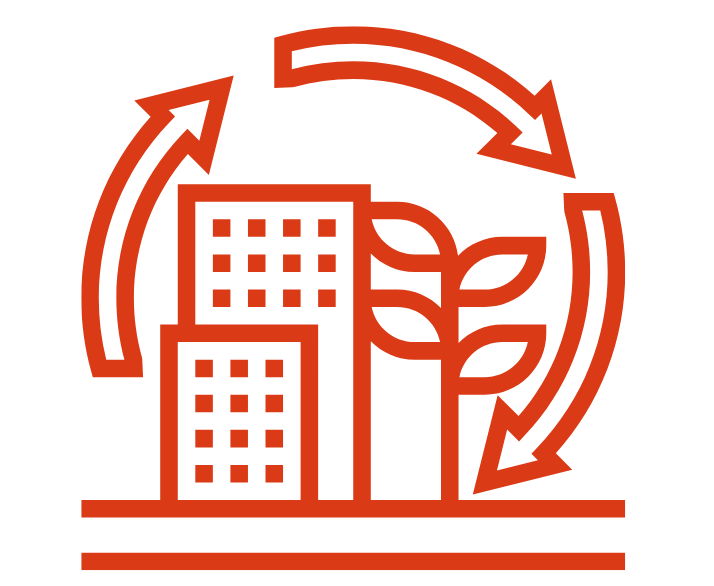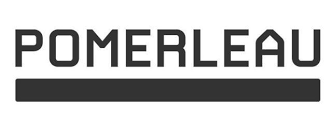Eco-Architecture Decarbonized 3D-Printed Concrete Buildings
Project overview
The construction sector faces significant challenges in decarbonizing its activities, particularly in the wake of a negative post-pandemic rebound. With the sector responsible for around 37 per cent of global energy and process-related CO2 emissions, there is a pressing need to bridge the gap between current practices and the necessary decarbonization pathways to meet the Paris Agreement's goal of limiting global warming to 1.5°C.
This project aims to accelerate the decarbonization of the concrete industry, identified as a major emission source, through clean electrification and innovative methodologies. Key strategies include the production of sustainable, negative carbon emission concrete using recycled materials with carbon sequestration capabilities, electrification of the concrete casting process via 3D printing technologies, optimization of 3D-printed concrete elements for sustainable architecture and AI optimization of the decarbonization process.
The project's outcomes seeks to significantly reduce the concrete industry's fossil fuel consumption in Canada, contributing to the reduction of CO2 emissions and mitigating climate change impacts.
Key project details
| Principal investigator | Khaled Galal, professor, Building, Civil, and Environmental Engineering, and director of the GCS Research Centre for Structural Safety and Resilience, Concordia University |
Co-principal investigators |
Ahmed Soliman, associate professor, Building, Civil, and Environmental Engineering, Concordia University; Amin Hammad, professor, Concordia Institute for Information Systems Engineering, and affiliate professor, Building, Civil, and Environmental Engineering, Concordia University; James Forren, associate professor and director, School of Architecture, Dalhousie University; Ashlee Howarth, associate professor and Concordia University Research Chair, Chemistry and Biochemistry, Concordia University |
Research collaborators |
Alex De Visscher, professor and chair, Chemical and Materials Engineering, Concordia University; Ammar Yahia, professor, Civil and Building Engineering, University of Sherbrooke; Abdurahman Lotfy, Lafarge Canada Inc.; Prabh K. Banga, Aecon Group Inc.; Vincent Melanson, Pomerleau; Martin Samson, SNC-Lavalin |
| Non-academic partners | Lafarge Canada Inc., Aecon Group Inc., Pomerleau, SNC-Lavalin, Nidus3D |
| Research Keywords | 3d printing, concrete, low carbon materials, life-cycle analysis, automation, design, artificial intelligence, architecture |
| Budget | Cash: $200,000 In-Kind: $470,000 |
Research focus

Developing negative carbon concrete for 3d printing applications
This goal focuses on creating concrete materials that are suitable for 3D printing and have a negative carbon footprint. This involves replacing high carbon-intensive materials with low-carbon alternatives, such as industrial waste and recycled materials, and incorporating innovative materials like metal-organic frameworks (MOFs) that can capture and store carbon dioxide within the concrete.

Update and replace old construction methods with innovative methodologies
The project aims to revolutionize the construction process by implementing fully automated 3D printing techniques. This approach replaces traditional, energy-intensive construction methods with a digitized, electricity-powered process that reduces energy consumption, lowers production costs and minimizes waste.

Using AI to optimize the 3d printer process and casting sequence
By finding the optimum path using AI, the project seeks to reduce the time and energy required for casting and operation, thereby increasing productivity and saving energy.

Optimizing building shapes with 3d printing to boost decarbonization
The final goal examines how 3D printing technology can be leveraged to create buildings that are not only aesthetically pleasing but also contribute to decarbonization. This involves using 3D printing to optimize the shape and volume of buildings, enhance the efficiency of resource use, and integrate energy-saving features like optimized lighting and ventilation openings in the building envelopes.
Non-academic partners
Thank you to our non-academic partners for your support and trust.





Funding
Volt-Age is funded by a $123-million grant from the Canada First Research Excellence Fund.


